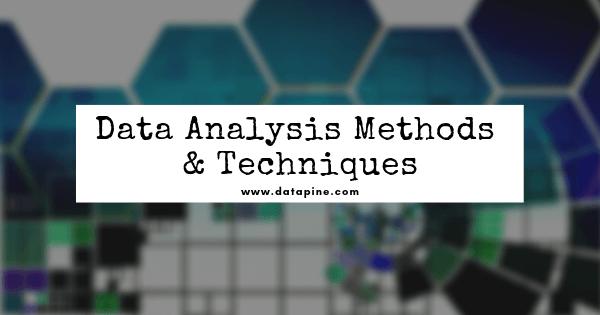
The Chapter 3 Appendices provide a sample observation instrument, a sample in-depth interview guide, and a sample focus group topic guide. For each method, the chapter identifies advantages and disadvantages, discusses the role of the evaluator, and highlights tips and common pitfalls. National Science Foundation.Ĭhapter 3, Common Qualitative Methods, provides in-depth descriptions of common qualitative data collection methods.


Additional details for each method are provided including the number of respondents they are appropriate for, time and cost considerations, and when to use them. Section 6, Data Collection, provides a table that lays out the purpose, advantages, and limitations of many popular data collection methods. NOAA Office of Education and Sustainable Development (2004).

Uses narrative forms, such as thoughts or feelings to describe what is being evaluated.Įxamples: observations, interview transcripts, focus groups, photographs, or videotapesĬan provide rich context for examining participants’ experiences and how a program operates.Īllows for questions to be investigated in-depth.

Uses numerical data to make sense of informationĮxamples: scores on a test or survey answers on a five-point scaleĪllows collection and analysis of large amounts of data relatively quickly.Īnalysis is perceived to be less open to interpretation and thus typically considered more objective. Because there are advantages and disadvantages to both quantitative and qualitative data, many evaluations rely on a mix of the two. The type of data you choose to collect - quantitative or qualitative - is in part dependent on what you want to know about your program. One of the first aspects you need to consider is what type of data will best meet your needs. The most appropriate approach is the one that will answer your evaluations questions within the limits of the resources available to you. Keep in mind that there is no single best evaluation design or way to collect data.
#Data analysis methods examples how to#
Now that you have determined what outcomes or other aspects of your program to evaluate, it is time to identify what type of data to collect and how to collect those data.


 0 kommentar(er)
0 kommentar(er)
